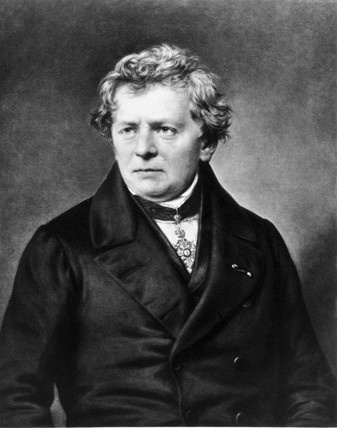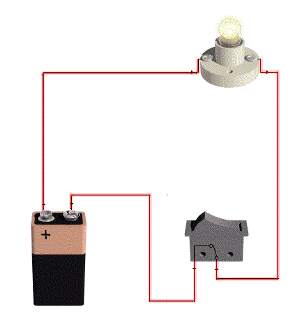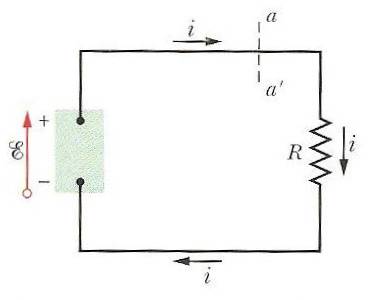
Electric Current




 Historical quirk.
The direction of current flow is defined as the direction in
which a positive charge will move. But in solid metallic
conductors the charge carriers are electrons (negative charges)
which actually move in the opposite direction. Negative
charges moving right to left are exactly equivalent to positive
charges moving left to right.
Historical quirk.
The direction of current flow is defined as the direction in
which a positive charge will move. But in solid metallic
conductors the charge carriers are electrons (negative charges)
which actually move in the opposite direction. Negative
charges moving right to left are exactly equivalent to positive
charges moving left to right.
Resistance



 Ohm's
Law:
Ohm's
Law:

so that the rate at which energy is transferred (power), P, is given by,
In terms of units we can state that Amps x Volts = Watts.

Electro-motive Force - "emf"
 In discussing electric circuits
you may come across the term "emf" - electro-motive
force. It is important to realize that an "emf" is
NOT a force !
In discussing electric circuits
you may come across the term "emf" - electro-motive
force. It is important to realize that an "emf" is
NOT a force !
Internal Resistance
 As far as circuit analysis is
concerned these internal resistances can simply be
considered as resistors in series with the "ideal"
emf/meter.
As far as circuit analysis is
concerned these internal resistances can simply be
considered as resistors in series with the "ideal"
emf/meter.
Q: Does light have mass?
A: Of course not. It's not even Catholic!!!
Dr. C. L. Davis
Physics Department
University of Louisville
email: c.l.davis@louisville.edu
